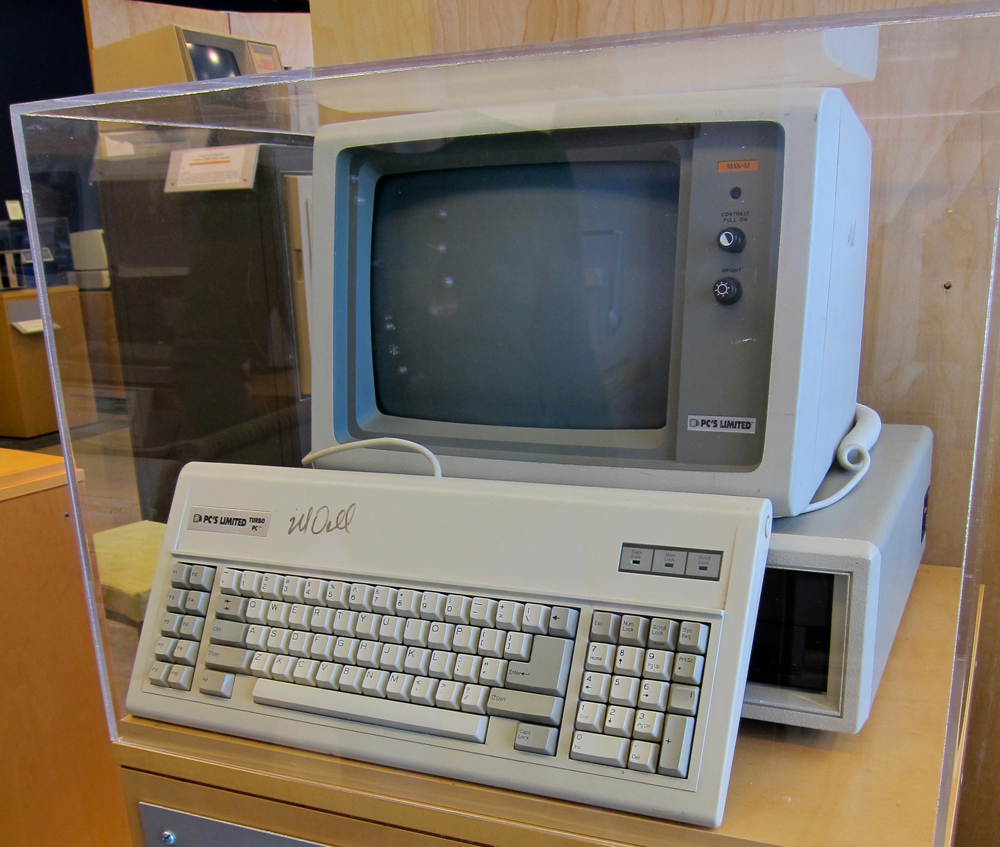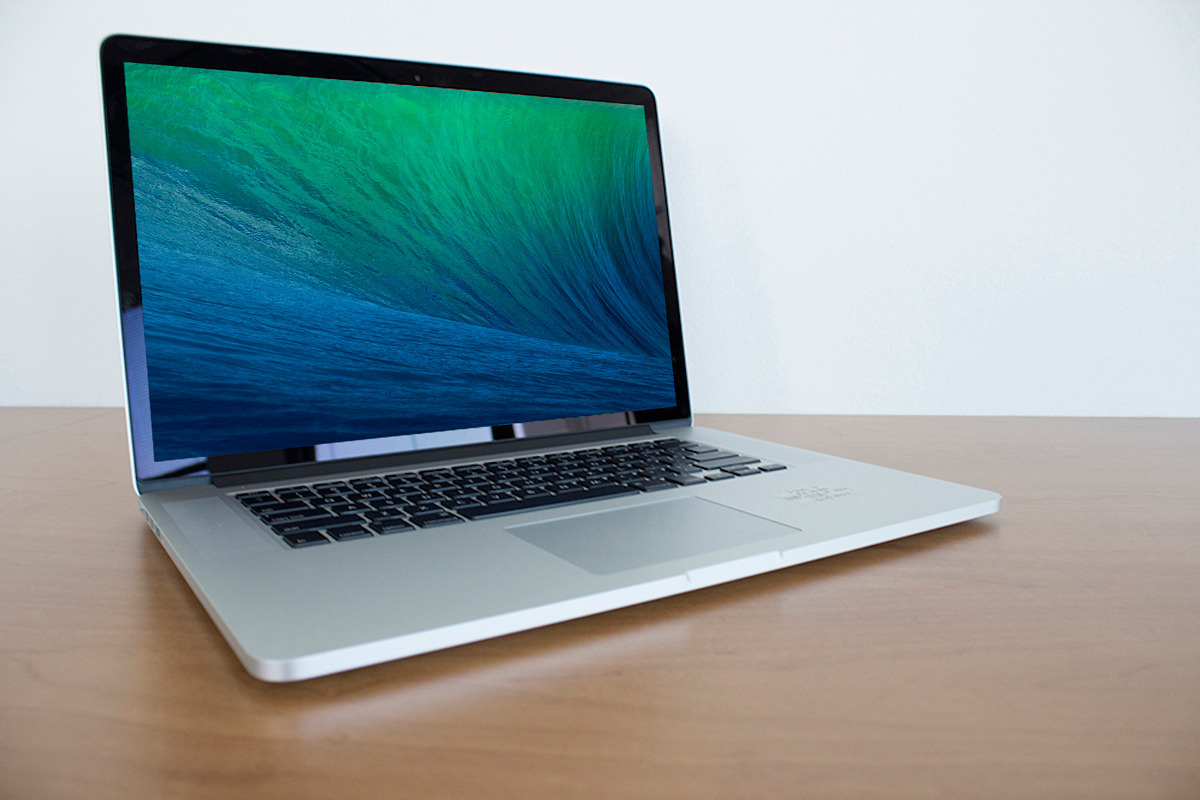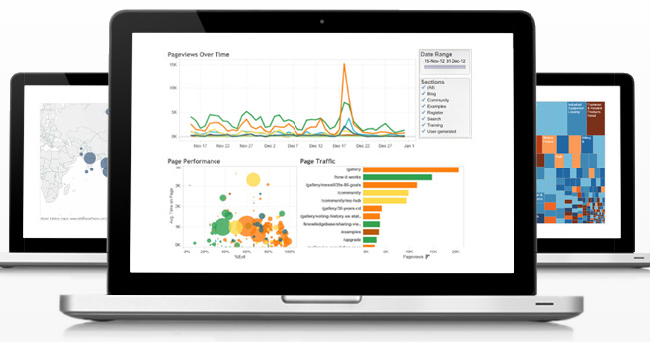Last week, I did a little ranting about data cubes and explained why I like Vertica. This week, I’m going to discuss the near future of business information systems and share some thoughts that you should consider before investing your time and capital.
Data Sources Will Multiply
I’ve personally counted over 190 commercially-available data and business intelligence products. These take the form of traditional relational database tools, NoSQL tools, Hadoop, grid cache systems and platform-as-a-service systems like Amazon Redshift and Google BigQuery.
The variety, security and capability of these tools will continue to evolve and improve. This means that as the consumer, you have a lot of variety from which to choose. It also means that you have to contend with the variety and learn about what will and won’t work well for your needs.
Tableau helps you deal with this problem today by offering a wide variety of native connections. They have over 40 connections now. How many more will they offer in 2019?
Your $1,000 Laptop Will Be More Capable
The first PC I purchased in 1982 cost nearly $4,000. I purchased it from Michael Dell when he was selling them out of his dorm room. At that time, Dell was called PC’s Limited. The computer arrived in a behemoth box. The monitor was big and heavy. I believe it had 256K of internal memory, a 512K floppy disk and a “massive” 20-meg hard disk drive. I thought that I was set for life.

Above: One of the first PC’s Limited computers.
Last November, I “splurged” on a brand new MacBook Pro with 16 GB of internal memory, a 1 TB SSD and that excellent Retina Display. It cost less (by only a little) than my original Dell desktop and came in a tiny sliver of a box. The whole thing (packaging included) weighed around five pounds.
My MacBook weighs less than three-and-a-half pounds and has many times more computing power than the mini-computer we used at work in 1982 to run a business with 100 employees. That computer cost over $80,000 and filled a room. It had twin hard disk drives that were the size of washing machines.

Above: A late 2013 MacBook Pro.
Imagine what your laptop will be able to do in another five years. The manufacturers will continue to shrink components, increase speed and reduce cost. Imagine when your $1,000 laptop can hold 1,000 GB of internal memory and it doesn’t fry eggs.
It’s not a question of “if” this will happen, but rather “when” it will happen. Sure, there are technical challenges with the bus lines and peripherals, but we always manage to advance the state of what $1,000 buys significantly in a five-year period. What you’ll be able to do with Tableau and a connection to a cloud-based analytic database in 2019 will boggle your mind.
Data Will Be Ubiquitous and Easier to Ingest
Tools that help you integrate this data more easily (Alteryx, DataSift, import.IO), along with Tableau Software, make it easier to ingest a wide variety of data sources. You still need to do your homework to understand which combination of BI and data tools will work best for you.

Wouldn’t it be wonderful if the federal government just started publishing files in .tde format? As Tableau Software continues to grow, it’s likely to happen. We have worked with six different agencies that are using Tableau. Eventually, someone will decide that adding Tableau file formats to the published information on federal websites will just make it easier for everyone. Why not do that now?
Graphic Displays Will Be the De Facto Standard
It will take a few more years for spreadsheet-like grids to be put in their proper place. That being – presenting heavily filtered facts and dimensions that you know you need to look up by proceeding to the desired row and column in order to read a figure. At some point, even “old-guys” will get comfortable with the idea that the numbers popping-out in views are reliable and accurate representations of the truth.
Plotting 200 rows and 20 columns of text really doesn’t tell you what’s important to look at. The only way it might do so is if some other visual cue is helping (through color-encoding ala a highlight table) or you’re using formula logic to encode ranges of values with specific color choices.
You will still use grids and spreadsheets, but the data will be filtered to the facts and dimensions you’re interested in probing more deeply. You’ll be relying on more simple graphical views for your initial discovery work, and those views will talk to each other seamlessly.

Above: A glimpse into the very near future – Tableau vizzes on Macs.
Your Data Skills Will Be in Demand
Chances are, if you are reading this post, you are already a data geek or a manager that realizes your best gut reactions are informed by actual data. If you are a data geek, you’ll be developing your knowledge of statistics. You’ll also be learning “R,” Tableau and a myriad of data ingestion tools that will make your analytical probing easier, faster and more interesting.
If you can do a little coding in something like Python and understand data schema, how columnar-analytics databases work and why Hadoop is cool, you’re going to be in demand. You’ll command a very nice salary at that.
What About You?
The future of business intelligence only looks better to me. Do you have any interesting details to share about what’s coming? Please share them. If you have any questions about items discussed in this post, please ask. We have lots of bright people at InterWorks that can answer them.

